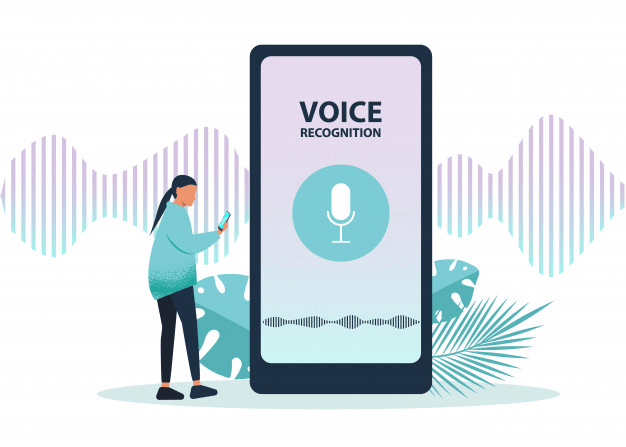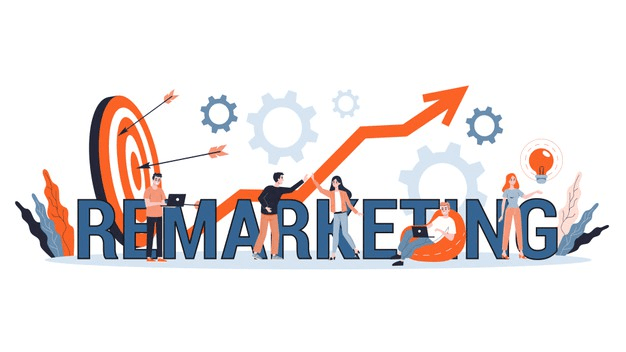Being a business owner, you are always busy scratching your head wondering how to grow your business? What marketing strategies will fuel up your productivity and business growth?
Expanding your business is not child’s play. You need to put in immense effort and devote all of your time to do so. It begins with a realistic idea, followed by discovering a thriving market, and the list goes on.
However, whether you sell services or products, it gets tough to roll out all the benefits without a marketing strategy.
Today, in this blog, I am going to put some light on top-notch competitive marketing strategies. However, before directly jumping on them, let’s figure out why you need marketing strategies and tactics.
Highlights of Contents
What is the Need for a Marketing Strategy?

1. Strategy Provides Direction and Objectives
While developing a marketing strategy, what will you do?
- Learn: Understand the market.
- Plan: Develop a plan of action.
- Do: Pursue the plan.
- Grow: Expand your business.
Therefore, by developing a relevant strategy to manage a digital marketing campaign, it is possible to get a goal and direction. Businesses that don’t have a decent tactic specified cannot grow.
Formulating a clear marketing strategy will assist you in several ways:
- Understand how to market to whom
- Determine your target audience
- Create an efficient digital program
- Run a thriving online campaign.
2. Users are Going Digital
60 percent of the users can’t live without their smartphone. They are more interested in digital content and want to buy unique things. Search engines, such as Bing, Yahoo, and Google are the most prevalent channel for search.
If you don’t engage your business with the best digital marketing strategies, you might lose potential users.
3. Simple to Track and Monitor
Wish to figure out the reach of your marketing campaign? It is possible! With analytics tools, you can keep a check on different ad content, as well as manage how users reach each campaign. Apart from this, you can check a lot of things:
- Visitors on your website
- Number of page views
- Conversions and analyze your growth.
By examining all these factors, you can work to optimize your marketing strategy and acquire the best results.
10 Marketing Strategies to Take Your Business a Level Up
1. Leverage Social Media Marketing

No wonder social media has transformed the world of marketing tactics. While several small businesses concentrate on low-cost and free marketing possibilities that social media platforms provide, ads have proven successful in driving ROI.
Undoubtedly, Facebook controls the era of social media advertising, as more than 93% of promoters utilize a few forms of Facebook ads. To attain the maximum profit of a Facebook ad campaign, there are some things you will wish to focus on:
- Track the right KPIs.
- Use attractive videos or images.
- Set measurable, clear objectives.
- Make sure that you are building an engaging campaign.
2. Google My Business

Google My Business allows you to search for organizations via Google Maps and Search. It is a free platform and needs to be a part of your digital advertising approach as it assists you in managing your profile all over the Google platform.
Your organizations can take profit from the Google Business Listing and post vital information, including your operating hours, physical location, and contacts.
Similar to a social media platform, it is possible to share business videos and photos. The platform even has insights that you can utilize to understand how people discover your business online, as well as where they grow from.
Besides, you can attributes like a URL to your site, wheelchair access into your business, or Wi-Fi availability.
3. Switch Up Your Growth Advertising Strategies Quarterly
Doing a similar thing over and over unusually leads to actual change. Rather than plan to try some increased marketing initiatives each quarter.
Consider providing one or two some quarters to set themselves, and shift others out so that you can attempt new sorts of digital utilities like:
- Chatbots
- Geofencing
- Artificial Intelligence
- Live-streaming video
- Mobile video
- Machine Learning
4. Personalize the User Experience
A one-size-fits-all advertising strategy doesn’t keep any cost nowadays. Prospects who can associate with an organization will most to get higher conversions. This can be attained via personalization.
Nevertheless, since the GDPR (General Data Protection Regulation) took effect in 2018, it turned out to be garner personal information. Build target audience on social media platforms, create buyer personas, strategize a funnel-anything you can perform to build leads while lying within the deadlines of GDPR.
Utilize this resource for collecting psychographic and demographic information:
- Focus groups
- 1 on 1 interview
- Online forums
- Facebook groups
- U.S. Bureau of the Census
- FedStats
5. Optimize Voice Searches

Let us admit it. Users are becoming more passive by the minute. By 2020, studies display that over 50% of search outcomes will be via voice searchers. Here, I suggest that as soon as possible, you need to optimize your content so it’s searchable via voice technology. Here are some tips for the same:
- Add FAQs and spray these questions across your content.
- Utilize long-tail keywords.
- Determine voice keywords.
- Utilize voice innovation for local searchers.
- Ensure the page loads quickly. The standard voice search outcome is 4.6 seconds.
6. Organic Traffic With SEO

Don’t undervalue the strength of SEO. Although it is the toughest form of marketing, your investment must pay off in the long run. Search engine optimization has a lot of qualities, but there are things you should learn:
- Custom pictures optimized for your site.
- Content that promotes high scroll via rates.
- Copy that provides your target user-base about a particular subject.
- Data that brings interest and can’t be discovered anywhere else.
- Put links to the other pages on your site that may engage the viewer.
7. Start Using Email Newsletters

Email marketing is steadily one of the most successful b2b marketing strategies for sales. Check out the statistics to support it up:
- For every $1 invested in email marketing, a huge $44 is made in profit.
- 89% of advertisers say that email is their prime way for lead generation.
- The common revenue for email marketing is 4,300 percent.
- 20.9 percent of users monitor their email over five times a day.
Yes, you need to have an email list to reach out to your user-base effortlessly.
8. Practice Chatbots on Your Landing Pages and Sites

One method to boost sales is to offer users what they wish immediately. And after a potential user is already on your site, ensure you provide them.
A well-recognized approach to perform this is by incorporating a chatbox on your site. It lets you engage with the prospect and assist in answering any question they may have.
- 64 percent of internet people state 24-hour assistance is the best trait of chatbots.
- 37 percent of folks adopt a customer service bot so that they can get a fast response in an emergency.
- Chatbots can return 80 percent of common questions.
9. Get Indulge in PPC Advertising

PPC or Pay-per-click marketing is where you give Google money every time anyone clicks on your advertisement. It dramatically broadens your traffic by getting to users that were earlier not in your reach. Your objective here is to drive potential users to your site’s landing page.
A few core points take note of:
- 79 percent of advertisers state PPC is immensely profitable for their industry.
- You can build PPC campaigns for multiple platforms like social media, app-based advertising, or search engines.
- PPC advertising can operate more efficiently with the most reliable SEO practices and essential content creation.
10. Take Benefit of Retargeting

Success doesn’t come overnight. If you fail at first, try again. This is why remarketing or retargeting is quite an efficient approach to have. It is about targeting possibilities that have exhibited an interest in your ads before.
- You can do retargeting as many times as you want.
- Retargeting suggests prospects of your brand.
- It lets you generate more engaging ads or content where the earlier attempts failed.
- It provides no blasting to your potential users with ads.
The Bottom Line
I have stated the re-targeting growth tactics in advertising that you should serve to fuel your business expansion. And in case your company is not following these advanced marketing strategies, then unquestionably you lack behind.
No business can grow instantly; it requires time to build, so be gentle. Be individual and make potential attempts.
I hope you found this article useful. If there is anything crucial that I have dropped, then specify it in the comments.
Kindly share your experience after you start practicing these tips.
Frequently Asked Questions
Q1: What are Business Growth Strategies?
A1: Business growth tactics are approaches you can utilize to improve the extent of your brand. The most reliable business growth approaches for your company will increase your brand’s top and bottom line and can even aid you in building a competitive benefit over your competitors.
Q2: What Are the Four Growth Strategies?
A2: There are four fundamental growth tactics you can exercise to increase your business:
- Market penetration
- Product development
- Market expansion
- Diversification.
Q3: What Are the Seven C’s of Marketing?
A3: These seven are price, positioning, product, promotion, place, packaging, and people.
Q4: What is Strategy for Sales?
A4: A sales strategy is described as a documented method for positioning and trading your product/service to adequate users in a way that alters your solution from your opponents. Sales tactics are implied to give precise goals and direction to your sales company.
Q5: What are the 7 Core Steps to Building a Sales Plan?
A5: Following are the Steps to Building a Sales Plan:
- Outline your vision and goals.
- Describe the roles and responsibilities of your sales team.
- Set your customer persona.
- Build your tactics and strategies.
- Discover your sales tools & systems.
- Specify your sales plan metrics.
- Build your sales plan budget.
